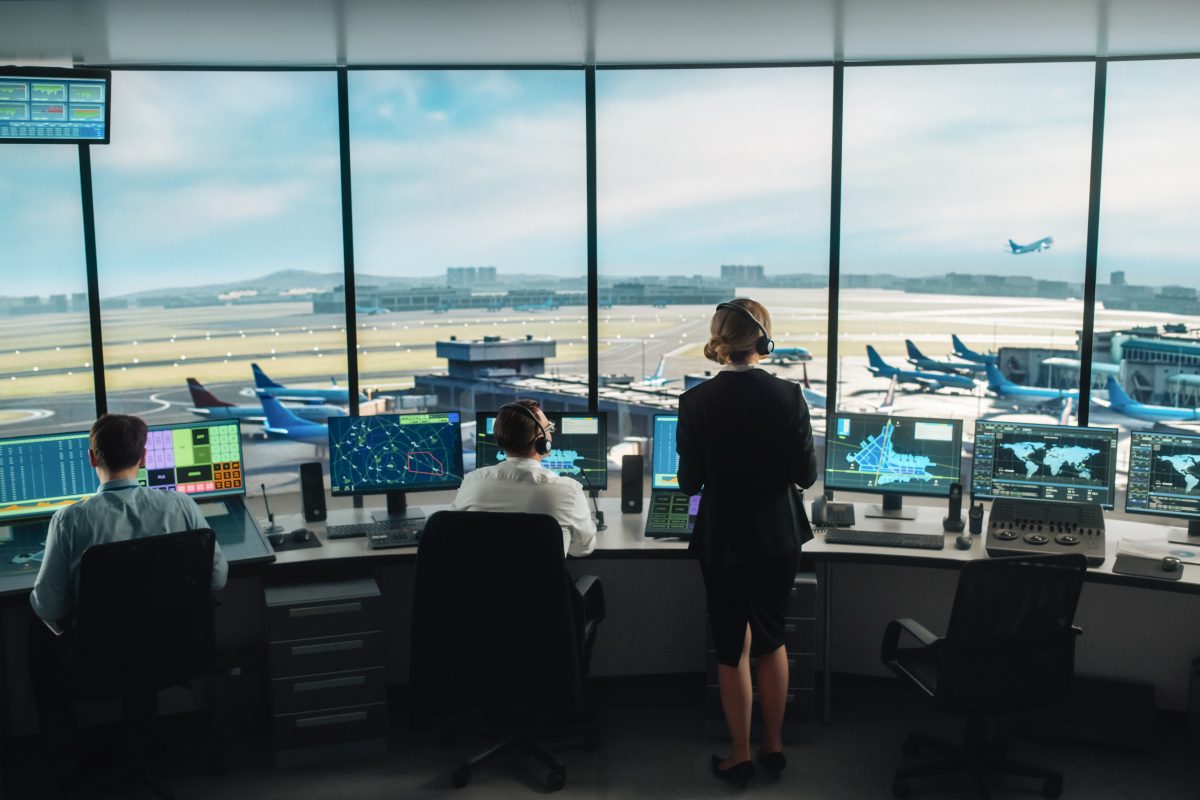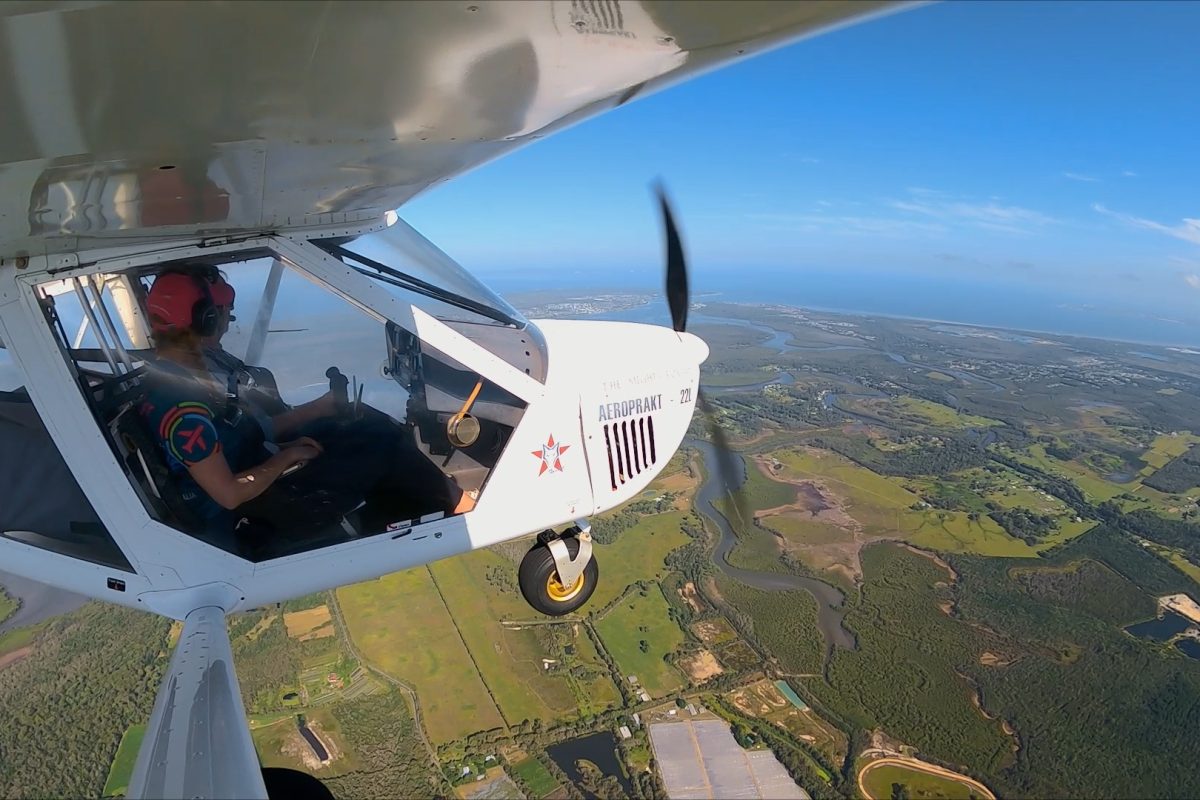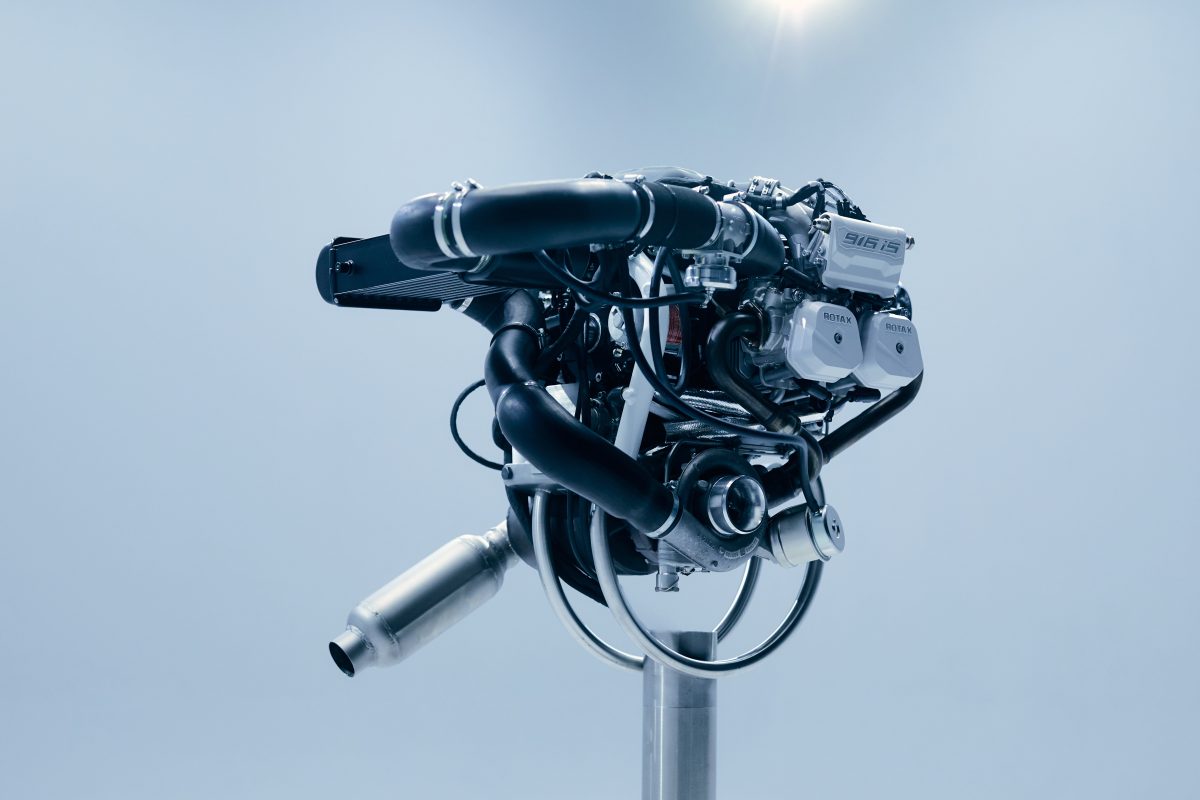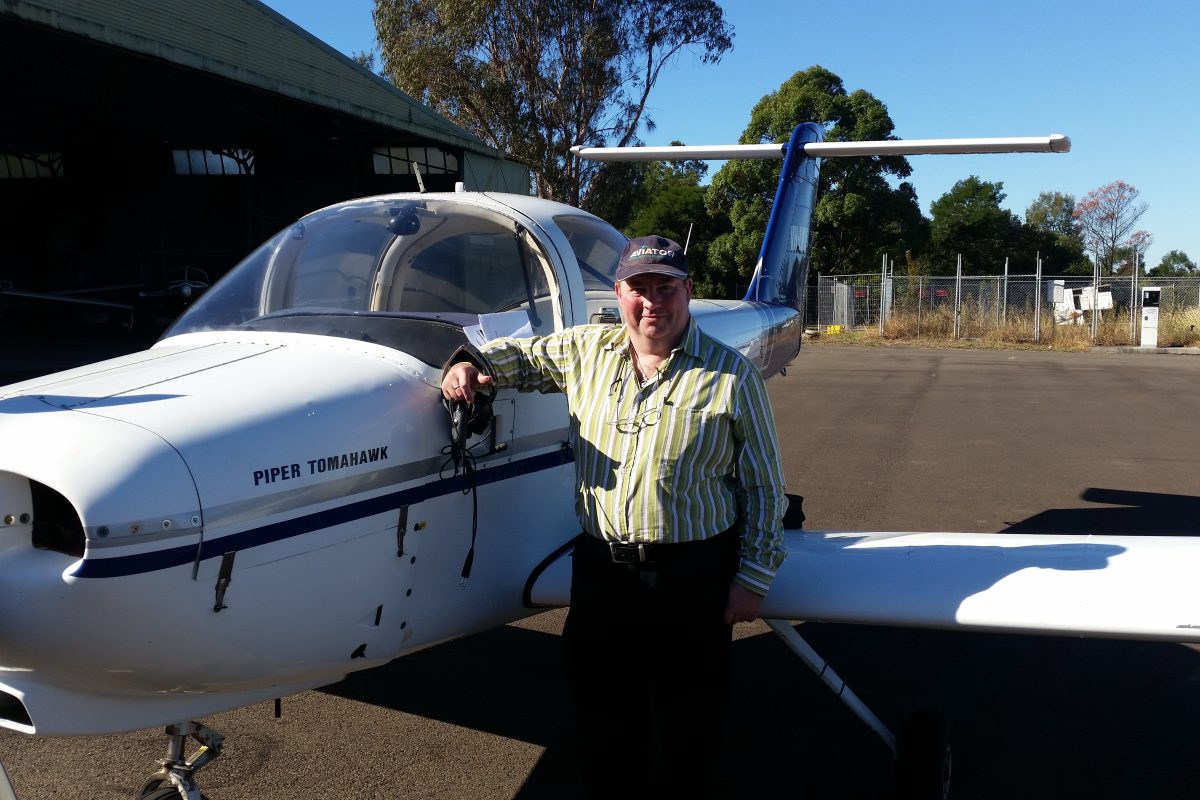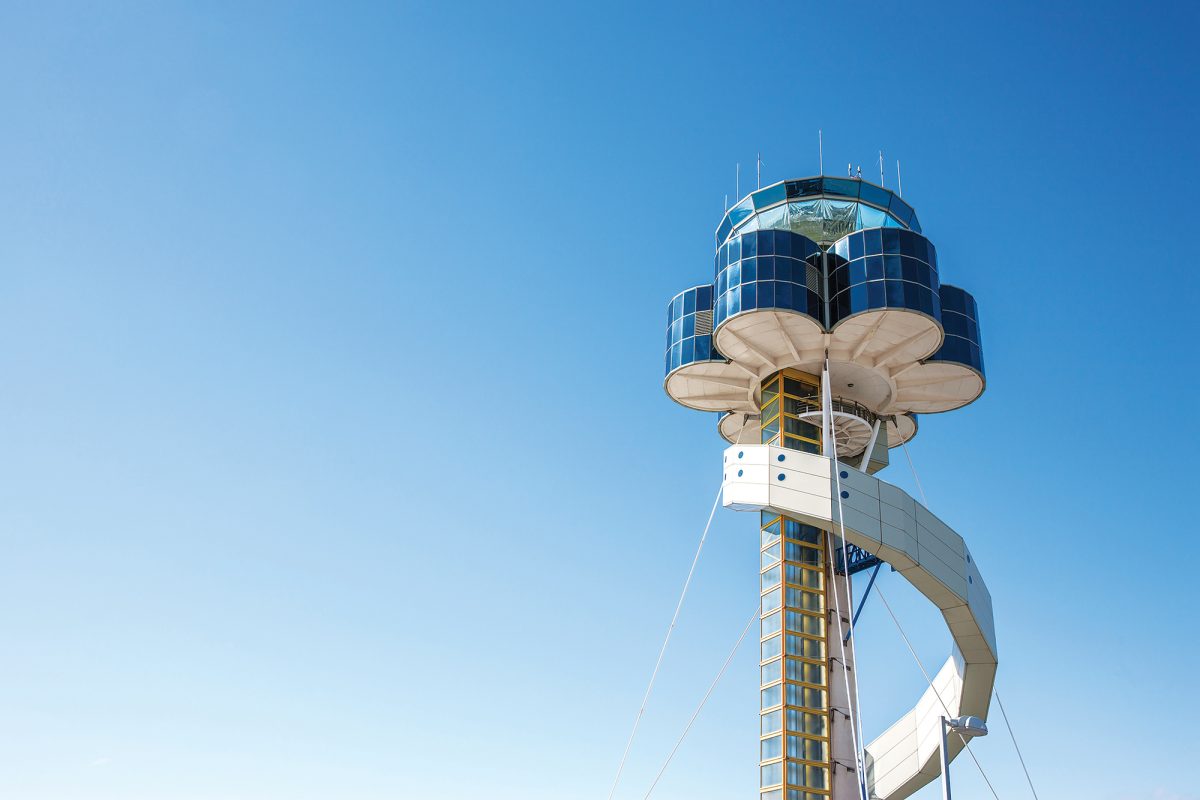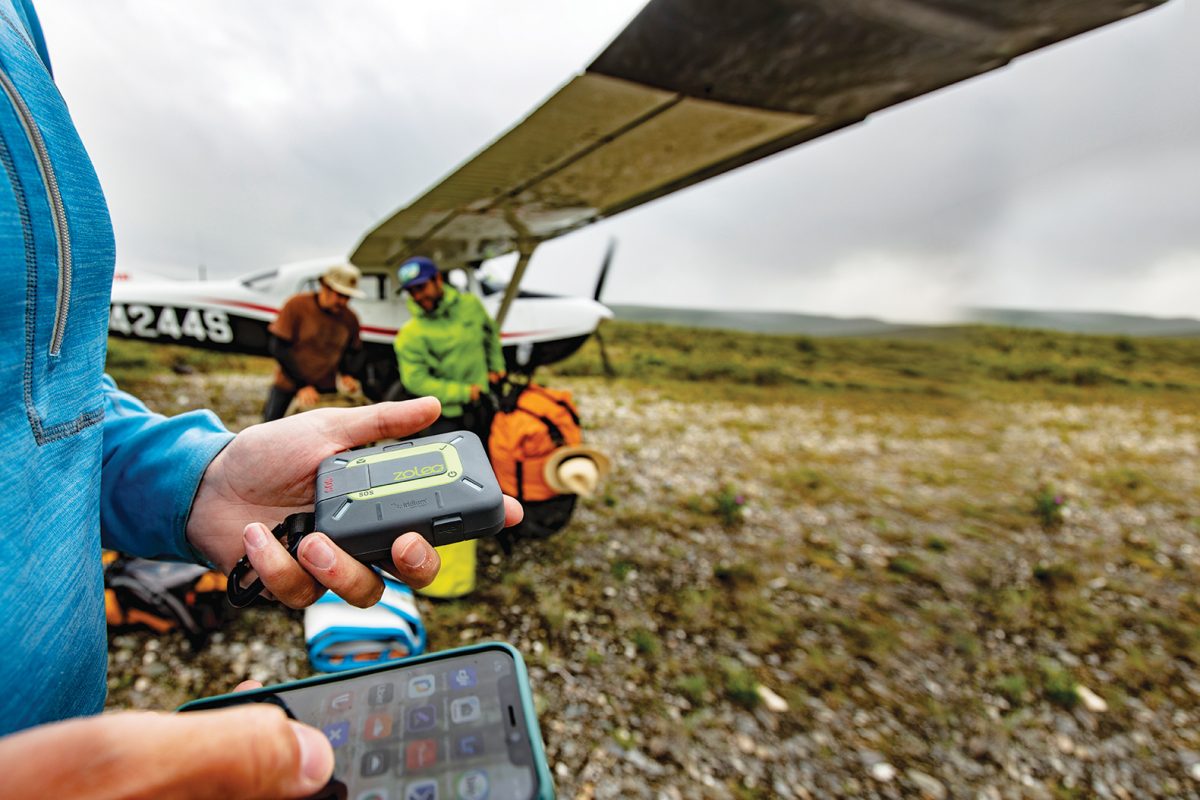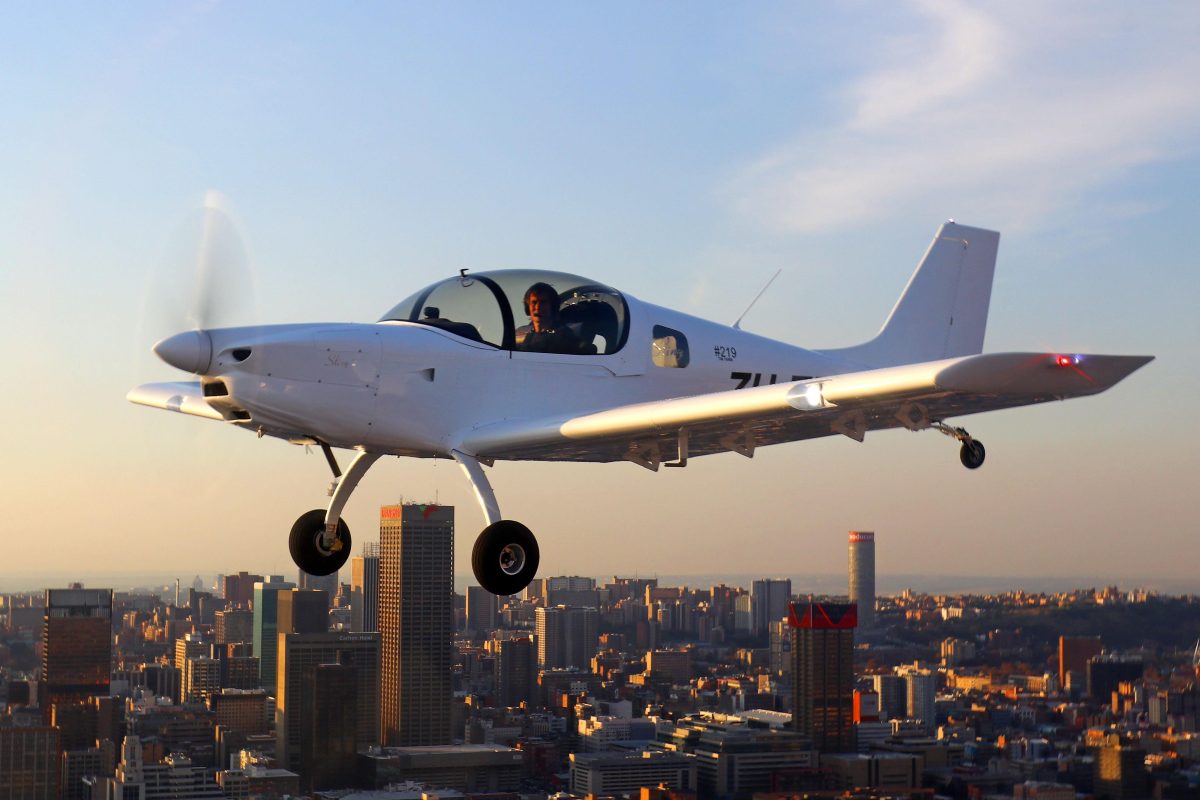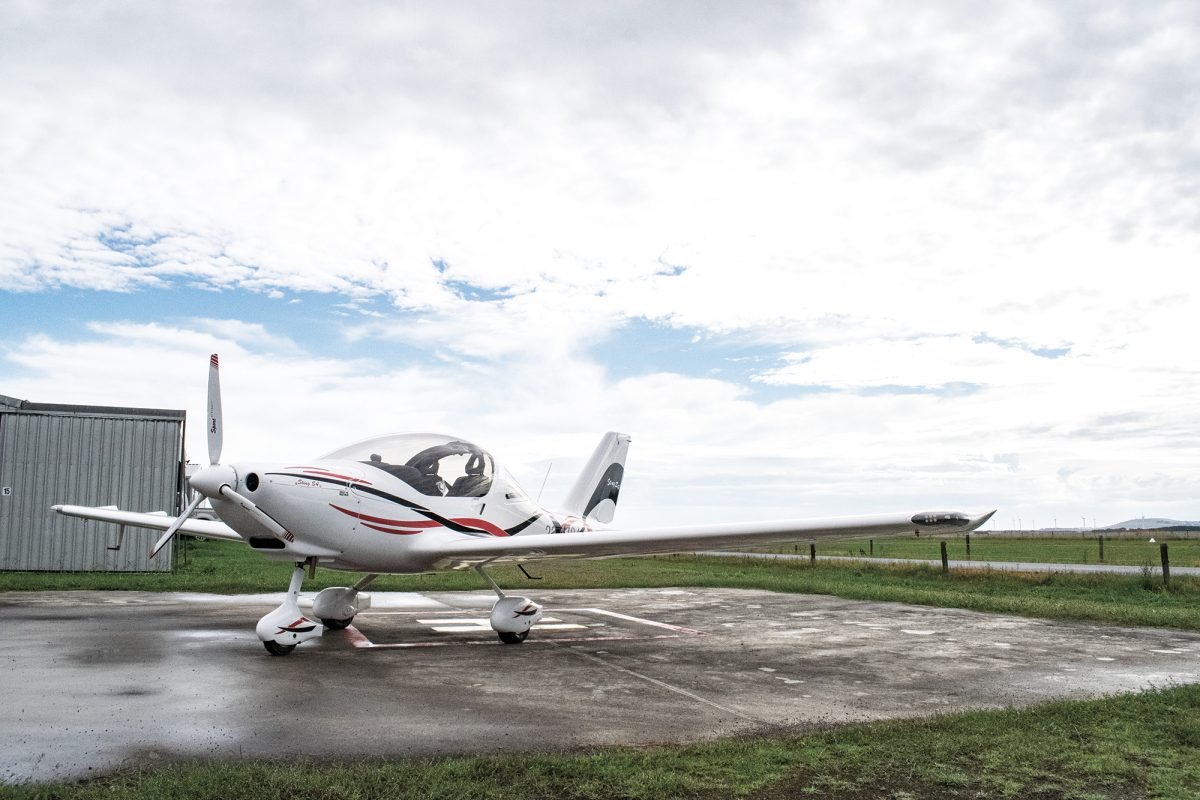ED JONES DOES ENDORSEMENT TRAINING AT THE HELM OF A SUPER DECATHLON TAILDRAGGER
Until around the end of WWII, tailwheel configurations were the dominant form of aircraft undercarriage – so much so that they are also known as a “conventional” configuration. Tailwheel Mustangs, Spitfires and DC-3s were prominent through WWII, but so were the ground incidents. This led to a leap in tricycle configurations, and a shift away from new pilots learning how to operate tailwheel aircraft. Like a lot of us with an aviation enthusiasm that spans generations, I’ve grown up being told that taildraggers “Separate the adult pilots from the kids”. Well, I finally decided it was time to break out of my play pen.
My first bit of homework was to decide on which aircraft to train in. I’m lucky enough to have spent many hours on my RAAus licence, but I now carry an RPL (Recreational Pilot Licence) also, to broaden my aircraft options and learn more. To me, it felt sensible to learn in a GA aircraft – even though I anticipate using the endorsement across RAAus at some point. When I heard a Super Decathlon was an option with Learn to Fly at Moorabbin (YMMB), my eyes lit up. I was straight into the classroom with flying instructor Shannon to get started.
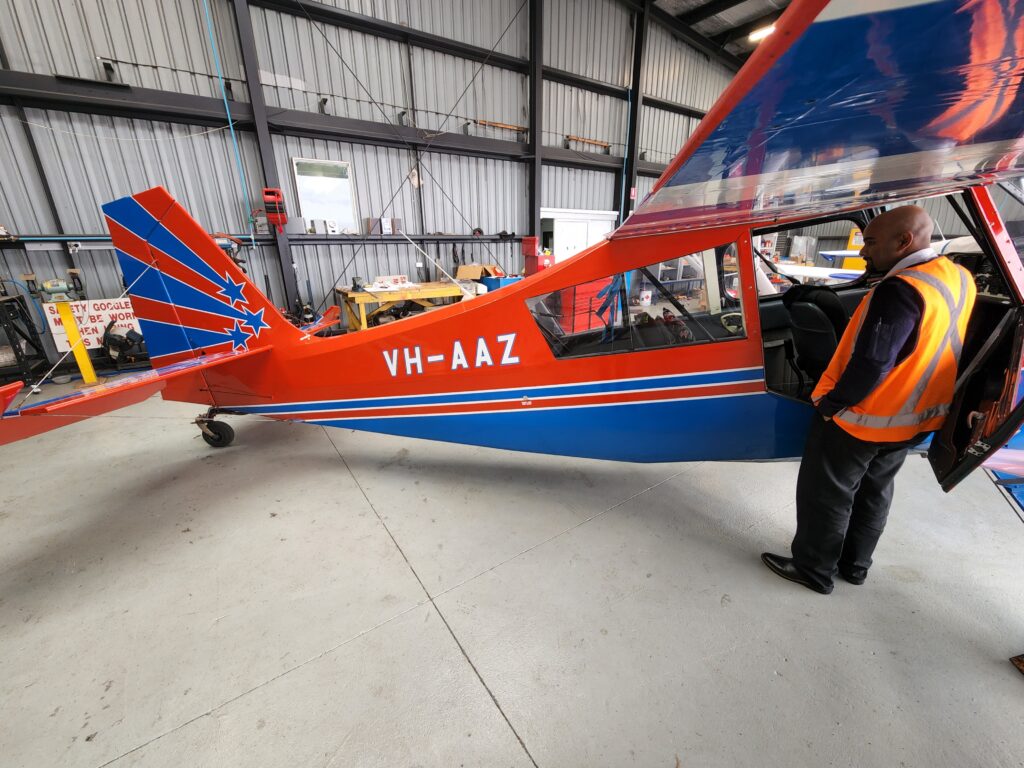
The Super Decathlon has a Lycoming AEIO O-360. The ‘AEIO’ part means it’s aerobatic-approved with inverted fuel and oil systems that’ll last 6 minutes inverted per use. The inverted fuel tank sits above your shins with gravity-fed lines from the wing tanks, the oil sits in the inspection flap of the engine bay. The ‘360’ means it’s a 180-horsepower, 361 cubic inch monster (5.9 litres) ready for the skies.
My two reservations about the endorsement were visibility (I admit it, I’m not the tallest person in the world) and the rear-end overtaking me whilst taxiing (or a “ground loop”, as Shannon called it) – as I’d heard of in stories from the past.
When you bolt a giant engine with a giant propeller on the front of a plane, nose clearance on the ground becomes paramount. It’s easy to see why the tail configuration was appropriate for so many of those vintage warbirds. Tailwheel configuration lifts the nose considerably, giving additional ground clearance. This is also why the vast majority of bush pilots you see to this day fly tailwheel aircraft. It also, however, has an effect on visibility when you’re on the ground. Shannon definitely had a tough gig in the tandem seat behind me with minimal controls as well, but the PIC seat was actually quite high and the Super Decathlon dash quite easy to see over. For me, it felt like the way a plane is supposed to be.
Very quickly, however, I found some differences to what I was used to. It all started in the theory lesson. We covered definitions, forces and principles, factors and phenomena, application (techniques and procedures), plus threat and error management. If you look closely at a Super Decathlon, the tail surface area is enormous. It was closer to the sail of a yacht than what I’m accustomed to – and you feel it catch every bit of wind, with a 17-knot maximum demonstrated crosswind component.
The design of a tailwheel shifts the centre of gravity behind the main landing gear – even behind the pilot, in some cases – which makes practical sense for firefighting or crop-dusting where you need to carry a large load and not have it interfere with the pilot’s space. Combine this centre of gravity with a tail surface area that acts like a sail though, and you find your rear wants to overtake you when you’re on the ground.

Ideally, you point into wind when on the ground, but taxiing doesn’t always allow this. If you have a tailwind component, you may need to increase your slipstream to stop the wind from catching your tail and turning the aircraft. Similarly, if you’re trying to turn right and you have a 45-degree wind from your front-left, you may need to do a 270-degree turn to the left so that you can use the tail’s inertia to break through the opposing wind forces across your rudder and vertical stabiliser.
In a tricycle, most of us are taught to push the stick ‘forward and opposite’ in a ground tailwind, but in a taildragger there’s a hazard of nosing-over – so you keep the stick in your gut as much as possible, but on the opposing side to the breeze. If you’re not sure if your slipstream is managing to overpower the breeze, there’s a rudimentary trick – stick your hand out the window and feel it.
On the ground, the big considerations were braking, wind strength, wind direction and turning. Directional stability is a new ballgame in tailwheel aircraft. Braking quickly is a recipe for a propeller strike, so I found the need to be very cautious here when taxiing and particularly when landing (especially on a ‘wheeler’ landing – we’ll get to that). You experience every bit of inertia on the ground in a taildragger. Shannon said to me, early in the piece, ‘a ground loop is inevitable – it just hasn’t happened yet’.
I should mention that I didn’t have experience with a constant speed unit until this point. This was another learning curve running in parallel. The Super Decathlon also has no flaps, being aerobatic. “Speed and attitude discipline is paramount on final”, Shannon tells me as I regret any laziness I’ve ever shown on a final approach in more forgiving aircraft.
Following a few hours of classroom work (and my many questions…), Shannon took me to take a look at the aircraft. The images and diagrams I had been staring at came to life – a beautiful plane in the hangar, ready to be listed in my memories and log book. Our first flight focussed on three-pointer landings (all three wheels touch down at once), then a flight on ‘wheeler’ landings (that 2-wheel touchdown that makes you think of P-51s and Spitfires). Then some crosswind landings to practice, and I was done.
The three-pointer is much easier, in theory. You have higher lift and a slower approach (65 knots in the Super Decathlon). Power back, gently hold off above the tarmac and let the aircraft settle itself down in the taxi attitude. I thought the horizon over the dash would be hard to adjust to, but the plane naturally wanted to sit like this, I just had to hold it and aim at my point on the runway. In other aircraft, visibility is more of a challenge – I know some Pitts Special pilots that crab on every landing just so they can see the runway.
You pull the stick back to your belly upon touchdown, holding the elevators high and planting the tail downwards. This plants the tail towards the tarmac, so it can’t take off again. Your speed, timing and inputs need to be bang on.


The wheeler is more of an art, and used about 50% more runway at 70 knots. You need to hold in some throttle so that you can ‘fly the tail’, keeping the tailplane alive so that you can hold the tailwheel off the ground. The idea of pushing forward on the stick feels extremely counterintuitive: you have a quarter of a second to push the stick forward, upon contact of tyres and runway to hold the tail alive, or you risk a bounce that is a likely go-around.
If you tapped a brake now, there’s a good chance you would topple over and prop strike, so you wait for it to naturally slow from your higher approach speed (hence the additional runway used). But if you anticipate the touch down and push the stick forward, you’re going to feel a good thud and it’s not an easy recovery. You need to respond quickly, not anticipate. This method is preferable for unprepared airfields to keep the tail from bouncing around. STOL pilots aim to master it, and once you’ve tried it, you’ll have a newfound respect for the pilots that can nail it.
On take-off, the tail lifted at about 45kn with rotation at 55kn and a climb of 70-75kn. The Super Decathlon “climbs like a homesick angel”, as Shannon put it. At 500ft we reduce power, flick off the fuel pump, moved on crosswind in the pattern and continue the climb at 80kn.
I then continued the training with Lawrie, who trained Shannon. He’s an old-school pilot with a gazillion hours whose favourite place is either driving trains (his other job) or pushing aerobatic aircraft to their limits.
I was in circuit on my second flight with Lawrie when he questions the air speed indicator mid-circuit. When I came in to land, I was sticking perfectly to my speeds but I was struggling to make the aircraft land as advertised – it was unsettled. Funnily enough, Lawrie called me the following day and said the ASI was off – so I was essentially landing faster than indicated. I was relieved to have an explanation (that wasn’t me!).
In the crosswind landings, a left crosswind had more impact than a right. It’s a simple fix: more rudder. Other than that, crosswind landings weren’t too dissimilar from what I’ve done before – albeit touching down on one wheel wasn’t something I’d been practicing much lately, but it came back to me.
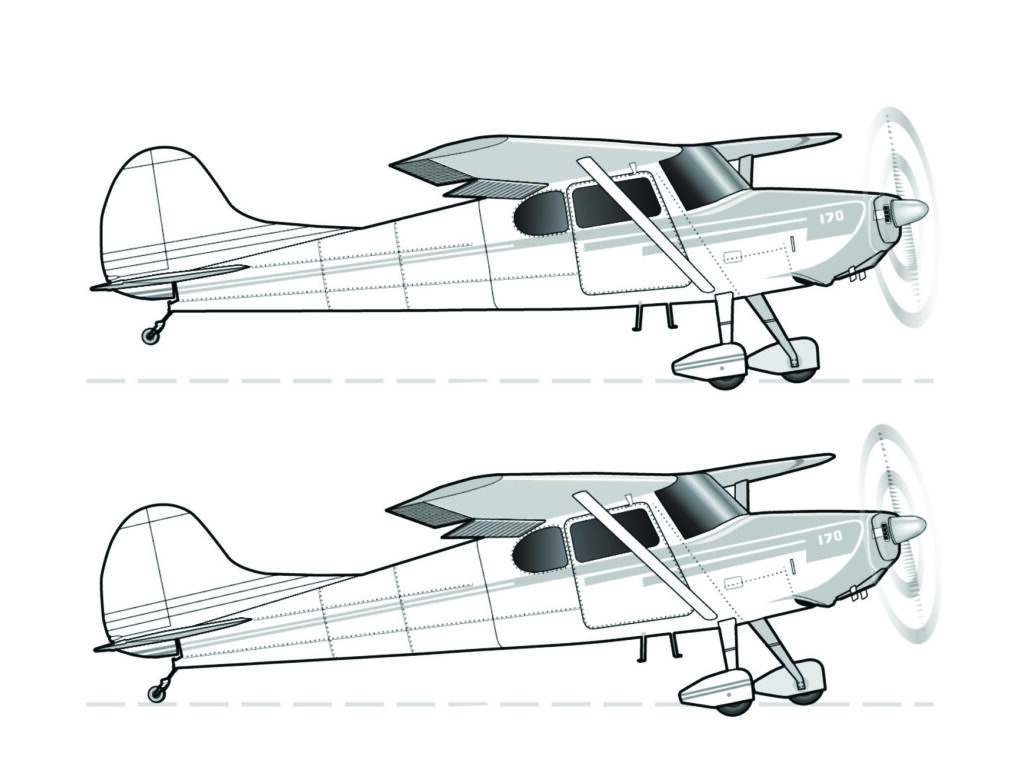
Besides learning a new trick, I realised my airmanship and ground etiquette was undercooked. There’s not much of this in our training syllabus, as Shannon pointed out to me. If I’m around a tail dragger on the ground, I’ll give way. They probably can’t see me and definitely shouldn’t be made to stop quickly. If one runs behind me, I could lower the power to not spin them out.
Learning to fly tailwheel has been an incredible experience. It’s been challenging in the best of ways, pushing me to learn a new skill while giving me a better appreciation for the aviation world around me. If you’re interested in pushing yourself and gaining a new endorsement, there’s not many that are more satisfying.
Do you have a tail dragger story to share? Write in! editor@sportpilot.net.au

